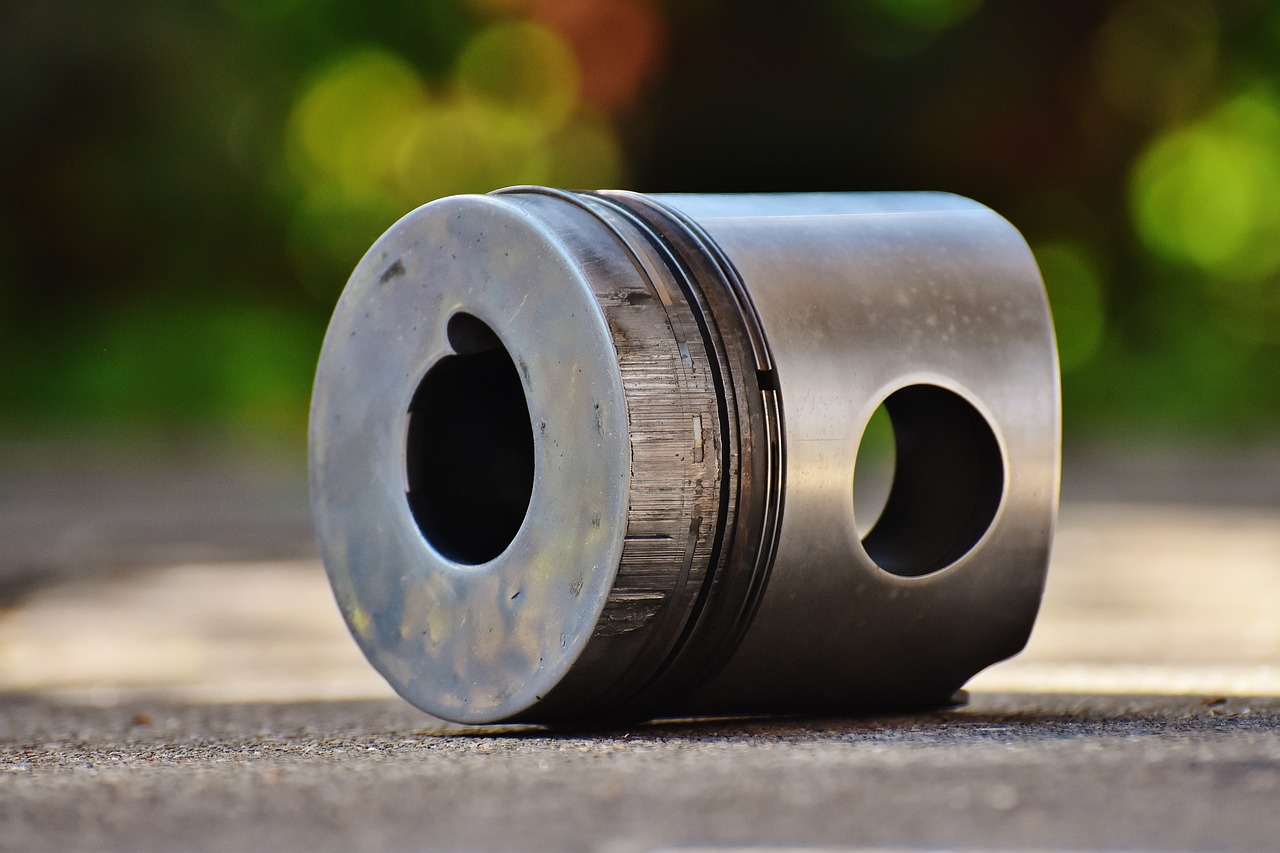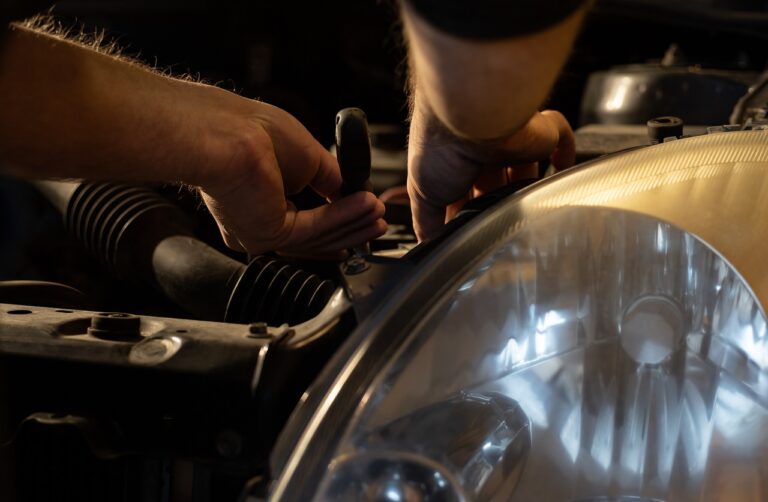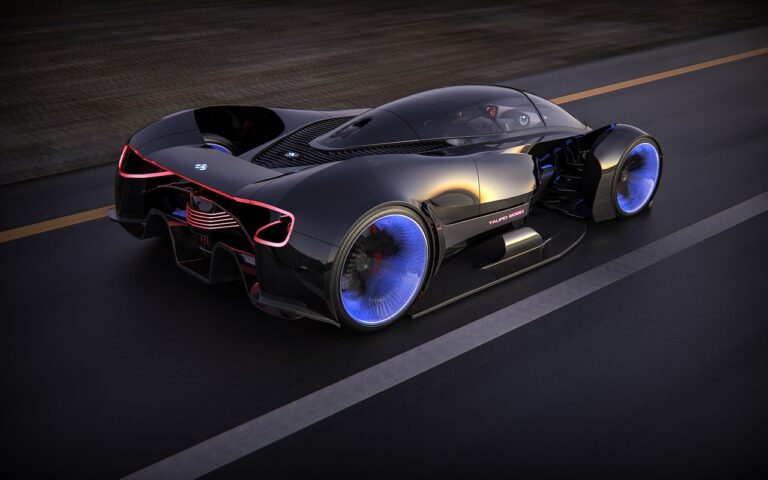The Influence of 3D Printing on Automotive Parts Manufacturing
Automotive parts manufacturing involves the production of various components that are integral to the functioning of vehicles. These parts range from engine components to exterior body parts and interior trim pieces. The process often includes designing, prototyping, testing, and ultimately mass production to meet the demand of the automotive market.
In the manufacturing of automotive parts, precision and quality are key factors that manufacturers prioritize. The parts need to meet strict safety regulations and standards to ensure the overall performance and reliability of vehicles. With advancements in technology and automation, manufacturers are constantly looking for ways to improve efficiency and streamline their production processes to meet the ever-evolving needs of the automotive industry.
Automotive parts manufacturing involves the production of various components essential for vehicles
Parts range from engine components to exterior body parts and interior trim pieces
Process includes designing, prototyping, testing, and mass production to meet market demand
Precision and quality are crucial factors in automotive parts manufacturing
Parts must meet safety regulations and standards for vehicle performance and reliability
Manufacturers strive to improve efficiency through technology advancements and automation
History of 3D Printing in the Automotive Industry
3D printing in the automotive industry began to gain significant traction in the early 2010s as manufacturers started to explore the potential benefits of this innovative technology. The ability to rapidly prototype and produce complex parts with greater precision than traditional manufacturing methods intrigued automotive companies looking to streamline their production processes.
Major automakers like BMW, Ford, and Audi were among the early adopters of 3D printing in the automotive sector, using it to create custom components, optimize designs, and reduce overall production costs. As the technology continued to evolve and improve, more manufacturers started incorporating 3D printing into various stages of their production cycles, paving the way for a new era of innovation and efficiency in automotive parts manufacturing.
Advantages of 3D Printing in Automotive Parts Manufacturing
3D printing technology has revolutionized the automotive industry by offering numerous advantages in the manufacturing of parts. One key benefit is the ability to create complex geometries and intricate designs that traditional manufacturing methods may struggle to replicate. This opens up new possibilities for lightweight components that are both strong and durable, leading to enhanced performance and fuel efficiency in vehicles.
Moreover, 3D printing enables rapid prototyping and iteration, allowing manufacturers to quickly test out new ideas and designs without the need for expensive tooling. This accelerates the product development cycle, reducing time-to-market and giving automakers a competitive edge in responding to consumer demands and market trends. The flexibility of 3D printing also allows for on-demand production, reducing inventory costs and waste, while offering customization options for customers seeking personalized automotive parts.
What is the traditional process of manufacturing automotive parts?
The traditional process of manufacturing automotive parts involves casting, molding, or machining metal or plastic materials to create the desired components.
How does 3D printing revolutionize the automotive parts manufacturing industry?
3D printing revolutionizes the automotive parts manufacturing industry by allowing for the rapid production of complex geometries, customization, and on-demand manufacturing of parts.
What are some advantages of using 3D printing in automotive parts manufacturing?
Some advantages of using 3D printing in automotive parts manufacturing include reduced lead times, cost savings, design flexibility, lightweighting, and improved efficiency in production.
How does 3D printing contribute to cost savings in automotive parts manufacturing?
3D printing helps in cost savings by reducing the need for expensive tooling, minimizing material waste, and enabling the consolidation of multiple components into a single part.
Can 3D printing be used for mass production of automotive parts?
Yes, 3D printing can be used for mass production of automotive parts, especially for low to medium volume production runs where customization and design complexity are crucial.
What role does 3D printing play in improving the sustainability of automotive parts manufacturing?
3D printing helps in improving the sustainability of automotive parts manufacturing by minimizing material waste, reducing energy consumption, and enabling the production of lightweight components that contribute to fuel efficiency.
How does 3D printing enable design flexibility in the automotive industry?
3D printing allows for the creation of complex geometries, intricate designs, and lightweight structures that are difficult or impossible to achieve using traditional manufacturing methods, thus enabling design flexibility in the automotive industry.
What are some challenges associated with implementing 3D printing in automotive parts manufacturing?
Some challenges associated with implementing 3D printing in automotive parts manufacturing include the need for skilled personnel, quality control issues, material limitations, and the high initial investment in 3D printing equipment.







